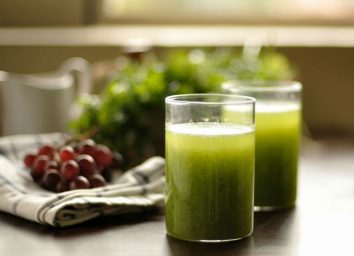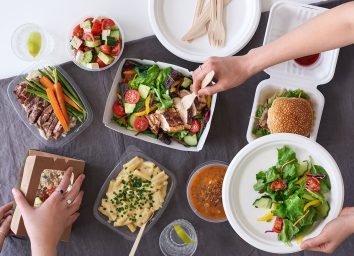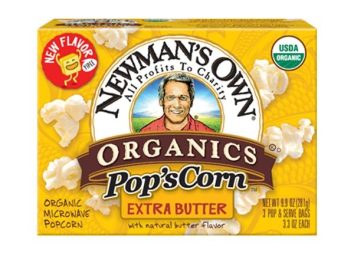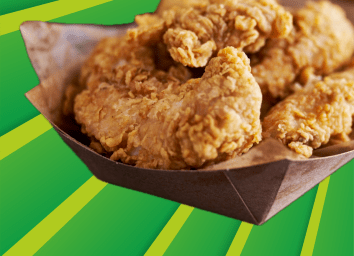The Scary Toxins Hiding in Your Cookware and Storage Containers
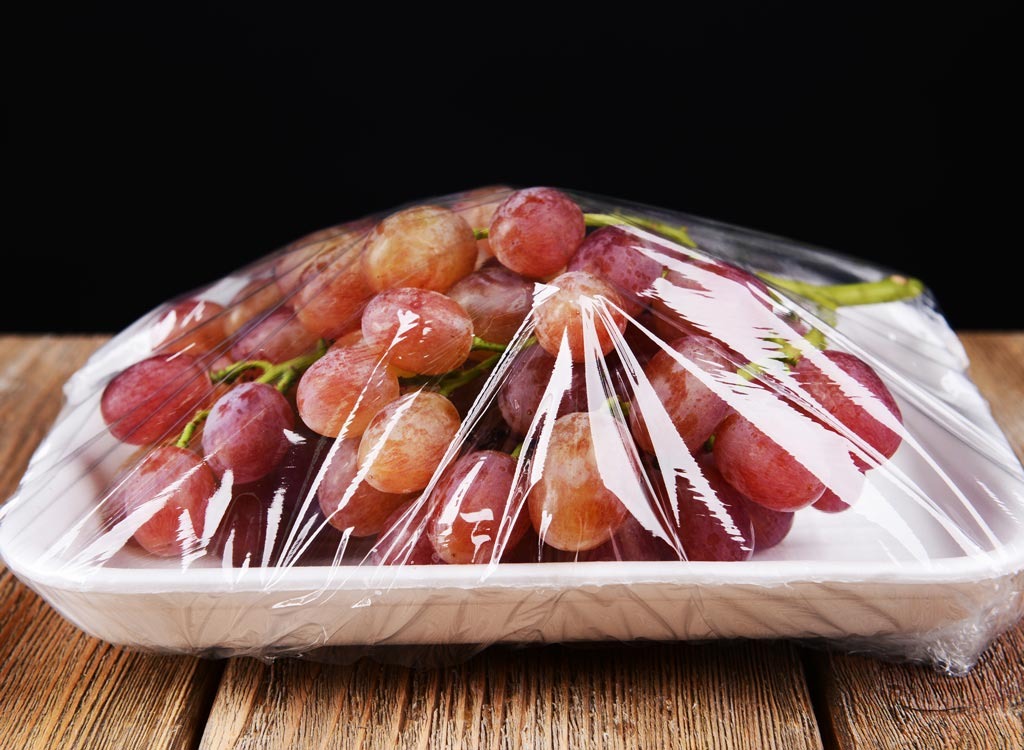
Your fruits and veggies are organic, you drink plenty of water, and you limit soda and junk food. While all of those things are undoubtedly important to your health, what you store and cook your food in is just as vital to your well-being as your diet. While it’s not something anyone wants to believe, a fair portion of cookware and storage containers are laced with toxins that can build up in the body and compromise your health. The chemicals found in common things like pots and takeout containers have been linked to everything from infertility and weight gain to neurodegenerative diseases like Parkinson’s. That said, it’s in your best interest to do a serious inventory of your cookware.
There are three simple steps to creating a safer, less toxic kitchen. First, find out which dangers are lurking in your cabinet. Then, toss all that second class cookware in the trash and replace it with safer alternatives. Here, we walk you through how to do just that—while giving you all the need-to-know details about the common toxins in cookware and where they’re hiding out. And if you get inspired to go the extra mile while you’re in the process of a kitchen overhaul, don’t miss these 25 Ways to Organize Your Kitchen for Weight Loss Success!
Aluminum
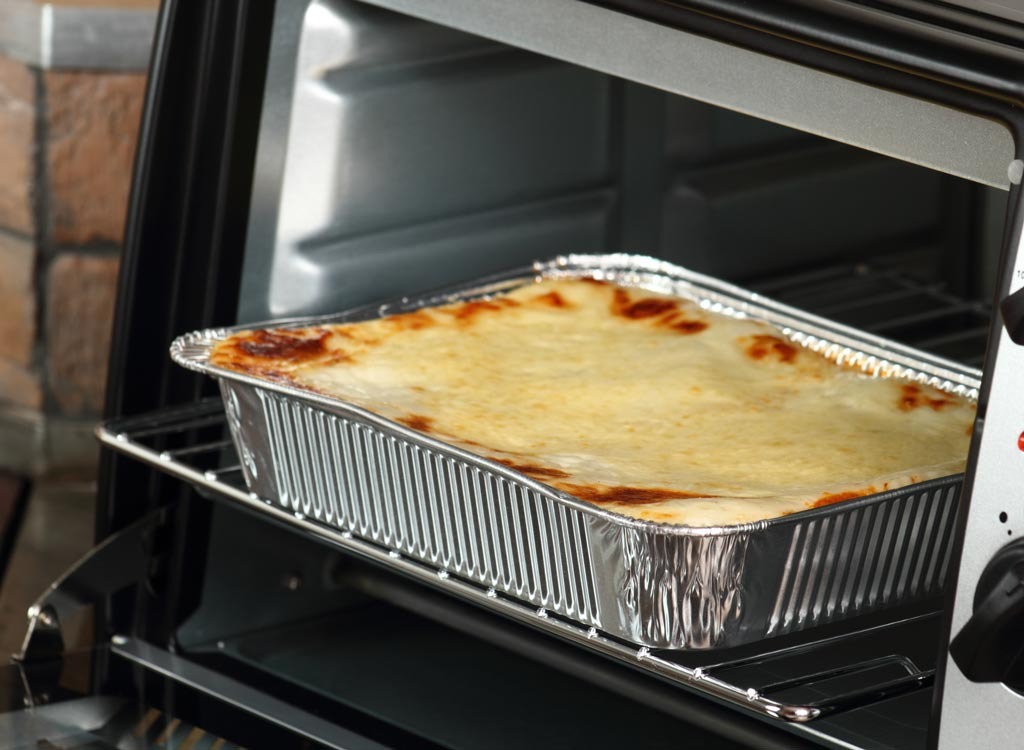
Found in: Aluminum foil, throw away aluminum baking and roasting pans
If you’ve ever roasted veggies or fish in the oven, you probably used aluminum foil. And if you’ve ever baked a lasagna to bring to a potluck, you may have made it in a throwaway baking ban. But you may want to reconsider going heavy metal. A recent article from The Journal of Alzheimer’s Disease linked the consumption of aluminum to Alzheimer’s and other neurodegenerative diseases like Parkinson’s.
Though most aluminum cookware is safe to use because it’s oxidized (a process that prevents the aluminum from leaching into your food), straight up aluminum is a different story. Since it hasn’t been oxidized, the risk of leaching is high—especially when it’s exposed to scorching temperatures. This is especially true when cooking with acidic foods like tomatoes since they expedite the leaching process. You should also avoid storing acid foods in aluminum or other metal containers (like the ones restaurants use for takeout) for long periods of time, advises food safety specialist Angela M. Fraser, Ph.D.
Safe Alternatives: Parchment Paper, Glassware or Porcelain
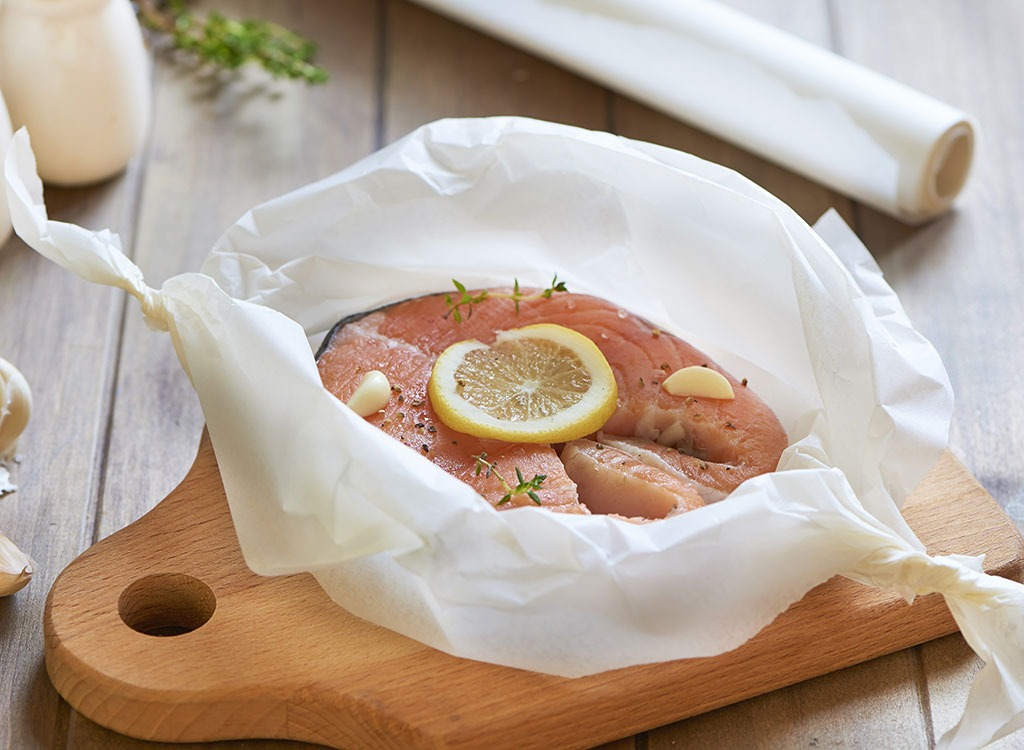
If you want to play it super safe, ditch your disposable aluminum baking sheets, pans, and trays and replace them with glassware or porcelain options. (Use a cooking spray or oil to keep things from sticking.) If you don’t have the cash to upgrade everything at once, always line your baking sheets and dishes with unbleached parchment paper. The same suggestion holds true if you wrap your meat or sweet potatoes (one of these 25 Best Foods for Instant Detox) in aluminum foil before tossing them into the oven. Simply wrap your grub in parchment instead.
Perfluorooctanoic Acid
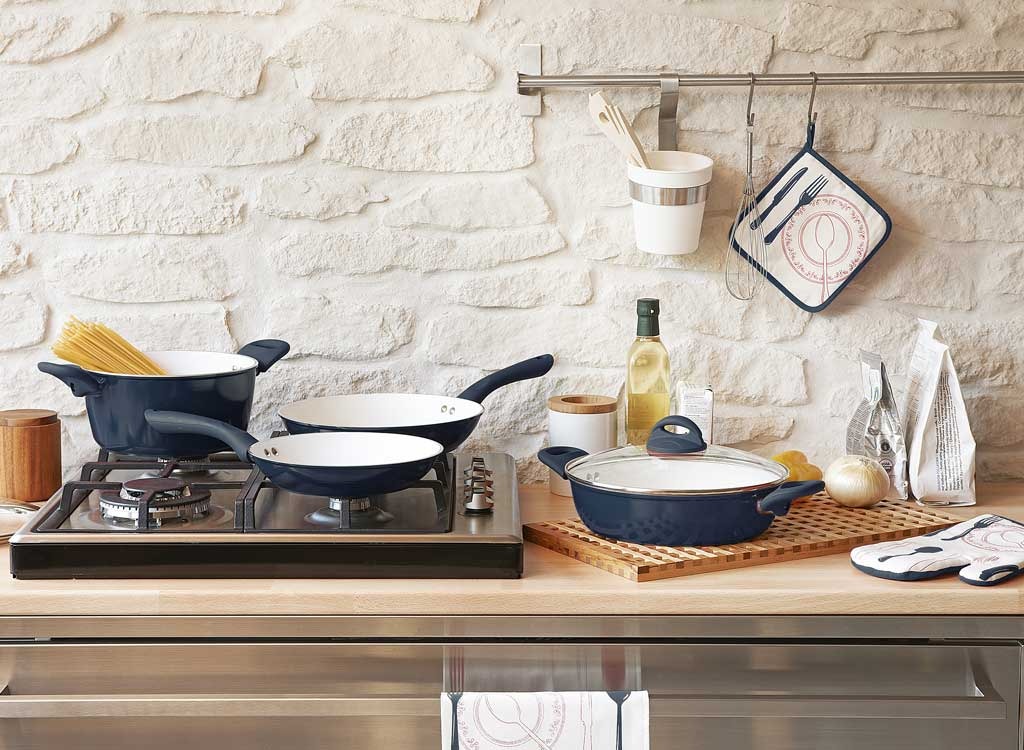
Found in: Certain non-stick pans
The invention of the non-stick pan was considered a miracle among dish-duty haters everywhere; it makes cleanup super simple. But have you ever wondered what makes these pans so magical? Most non-stick pans are coated with Teflon, which is laced with something called perfluorooctanoic acid (PFOA). The chemical has been linked to infertility, weight gain, and impaired learning. What’s more, the International Agency for Research on Cancer has classified PFOA as possibly carcinogenic to humans. There is a bit of good news, though. A few years ago DuPont, the giant behind Teflon, and seven other U.S. companies vowed to eliminate the compound in the cookware by 2015. While anything you’ve purchased since then may be safe, older pans and pots will likely be laced with the chemical.
Safe Alternatives: Cast Iron, Glass or Stainless Steel
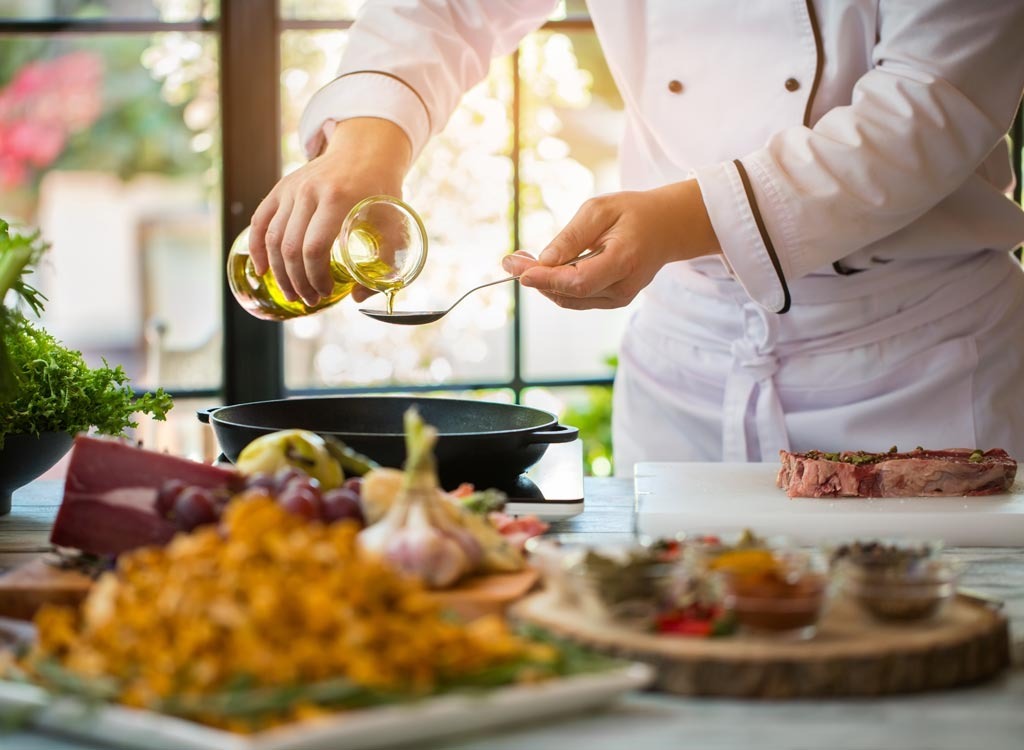
Not only should you avoid non-stick cookware, The Environmental Working Group recommends avoiding anything advertised as “green” or “not non-stick,” too, since there isn’t enough research to verify their safety. The EWG recommends using cast iron (which are perfect for these 18 Best Cast Iron Skillet Recipes) and stainless steel cookware for stove-top cooking and oven-safe glass for baking. These safer pans might be a little harder to clean, but that’s a small price to pay to protect your health.
Polytetrafluoroethylene
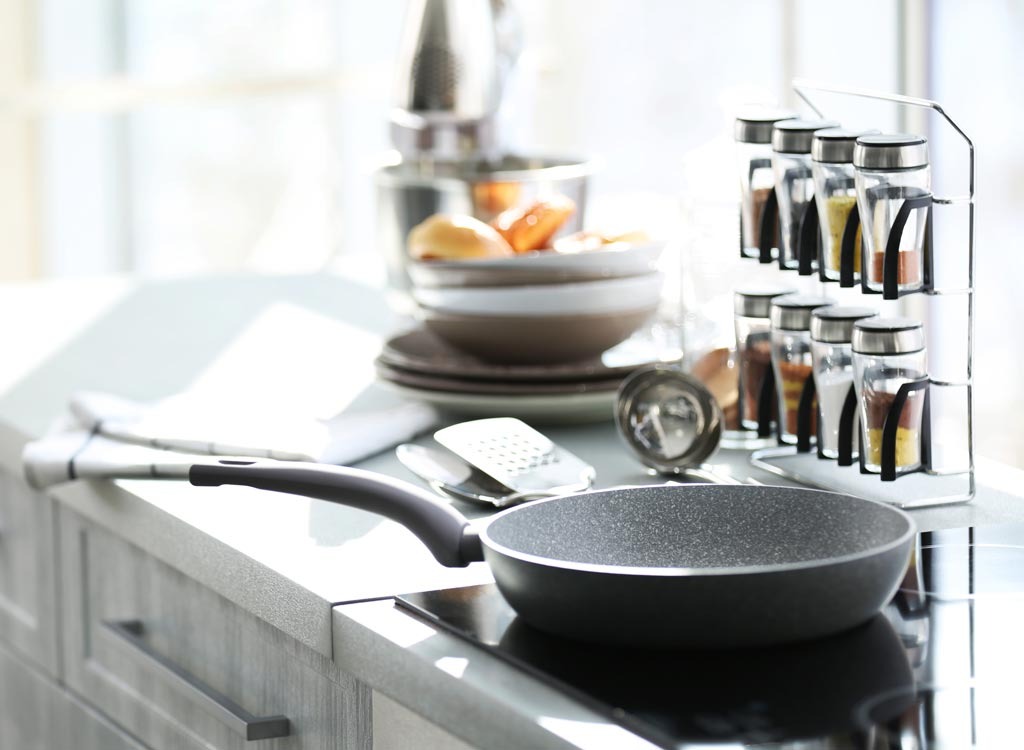
Found in: Certain non-stick pans, Teflon
While some non-stick pans rely solely on PFOA, others are only made with a synthetic polymer called polytetrafluoroethylene, or PTFE. Some brands even rely on both. Flu-like symptoms have also been observed in those who have breathed in fumes from an overheated PFOA-coated pan and there have been reports of people’s pets dying from inhaling the fumes. For this reason, some manufacturers warn consumers to avoid high heat when using their cookware. But after the warning sticker gets peeled off, it’s all too easy to forget to keep the flame on low. The scariest part? Cookware coated non-stick surfaces can exceed temperatures at which the coating breaks down and emits toxins into our food in just two to five minutes on a conventional stovetop, according to an Environmental Working Group report.
Safe Alternative: Cast Iron, Glass or Stainless Steel
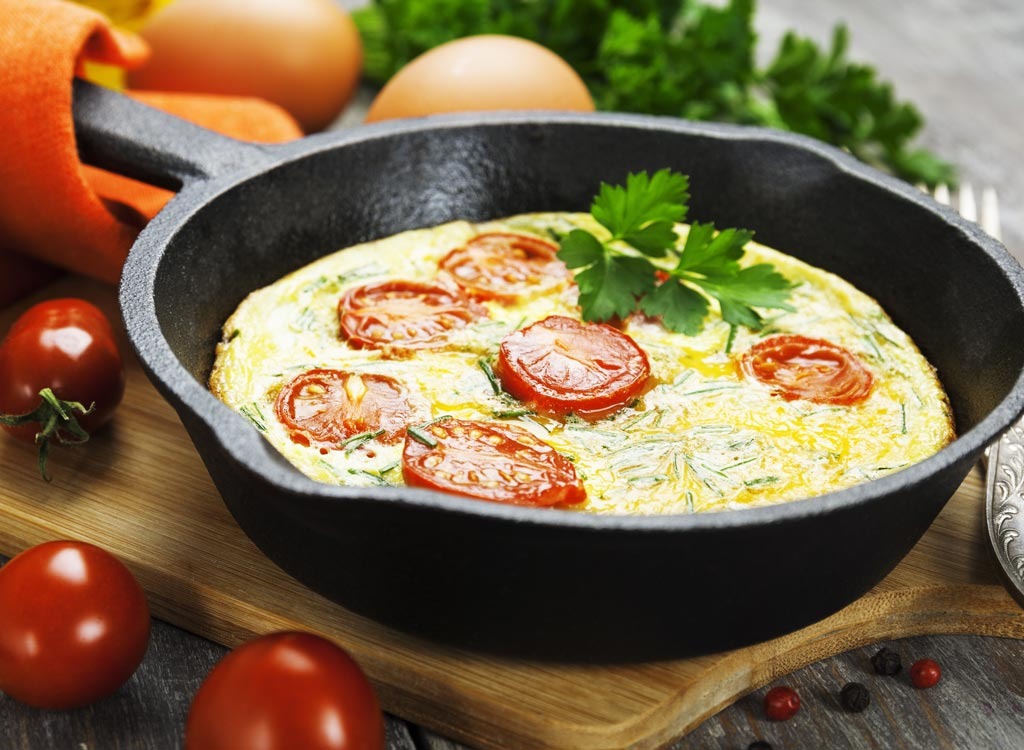
Cast iron, glass, and stainless steel cookware win again! Instead of cooking with a nonstick pan, try cooking and baking with one of these safer materials and using a bit more of your favorite healthy fat to keep your food from sticking to the bottom and sides.
Bisphenol A
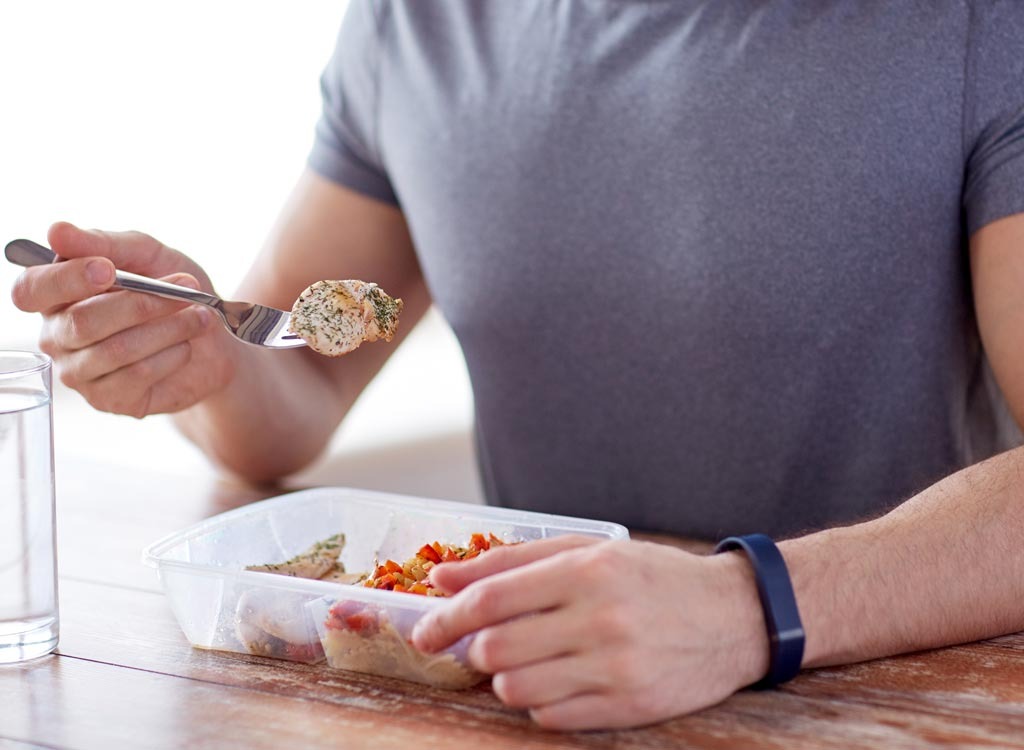
Found in: Certain water bottles, plastic storage containers, plastic strainers, pitcher-based water-filtering systems, plastic takeout containers, resealable snack bags, plastic cutting boards, metal can liners
If you have one of these fancy stainless steel reusable water bottles, it’s likely because you’ve heard about the dangers of BPA, a hormone-mimicking chemical commonly found in water and soda bottles. But here’s the thing: BPA—which has been connected to cancer, decreased brain and heart health, and even infertility—isn’t just found in bottles of H20 and pop. A lot of cookware, storage bags, pitcher-based water filters, and food containers are made with BPA-laced plastics, too. The worst part? When heated, the toxic effects of the chemical become even more dangerous. This is especially true when cooking acidic, fatty, and salty dishes. When heated in plastic, these kinds of foods increase the migration of BPA into your food. If we haven’t convinced you yet that life is not-so-fantastic with plastic, consider this: A recent study from Harvard University found a connection between BPA consumption and obesity—even for people who only ingest a small amount. Yes, you read that right: storing and zapping your food in plastic could undo all of those hard-earned weight loss wins.
Safe Alternatives: Glass, Food-Grade Steel, and Cardboard
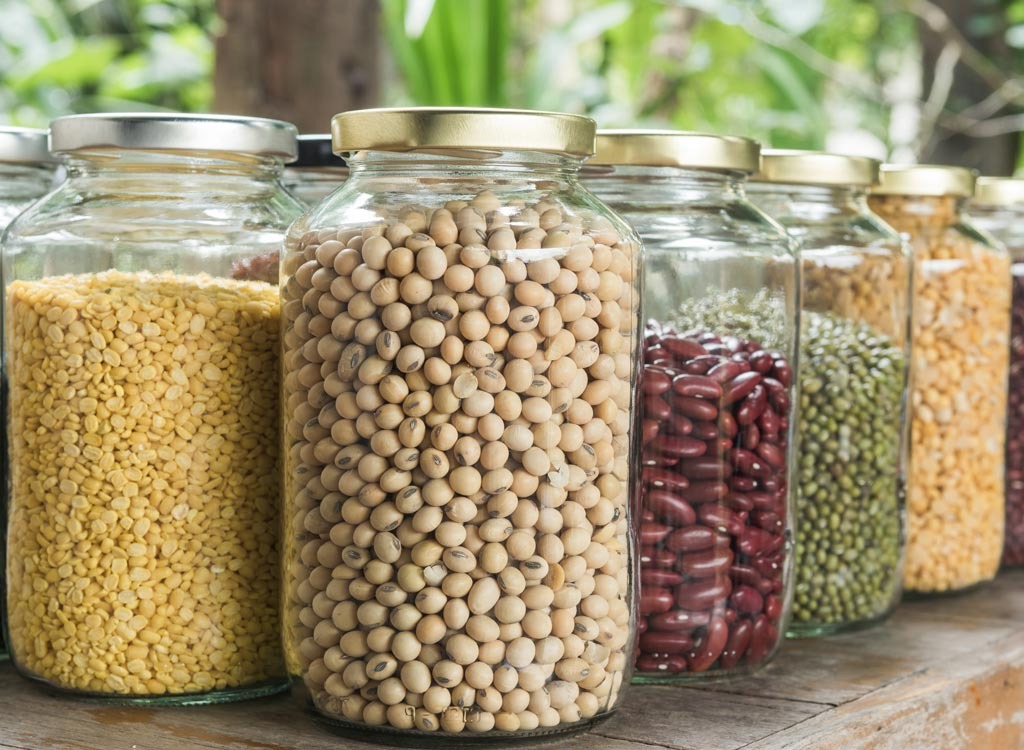
If you’re a meal prep-aholic (which is a good thing!), switch to food storage containers from Pyrex and Anchor Hocking, which both come with BPA-free plastic lids. To play it extra safe, consider getting your hands on glass containers with glass lids. We like these from Martha Stewart Collection. Food-grade stainless steel is great for things like strainers, while wood-based cutting boards trump plastic ones. As for takeout containers, try to order more from restaurants that use biodegradable cardboard instead of chemical-laced plastics—especially when you’re ordering hot dishes like pasta and soup.
Vinyl Chloride & Polyvinyl Chloride
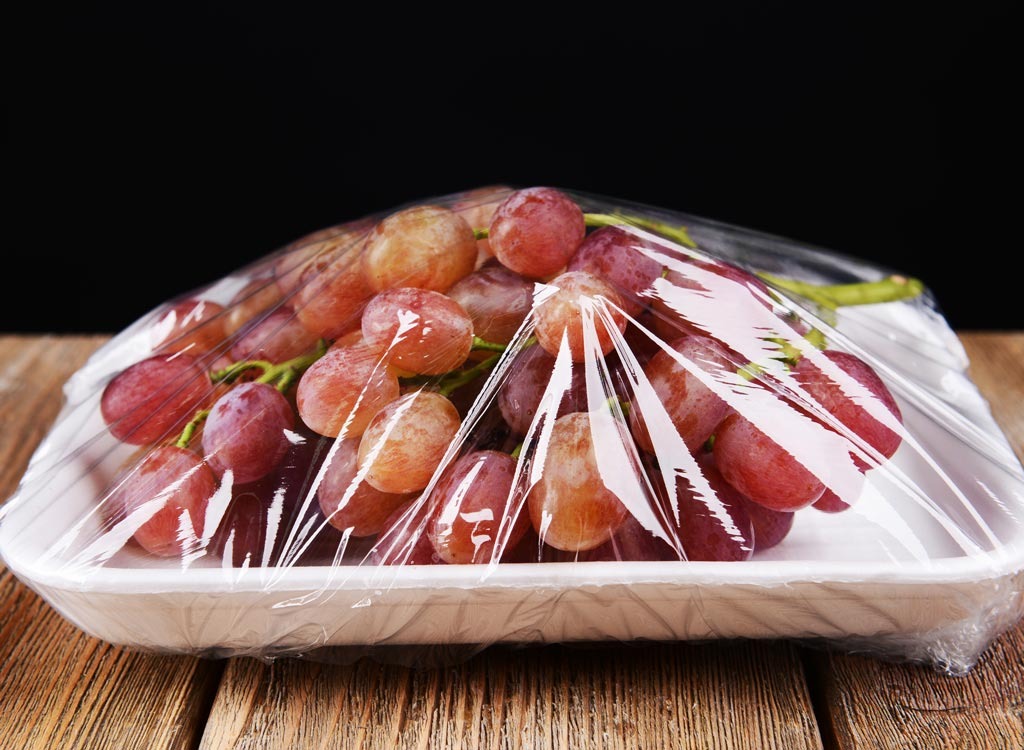
Found in: “BPA-free” plastics, cans and containers, food storage bags, shrink wrap
Polyvinyl chloride (PVC) or #3 plastic is made from something called vinyl chloride, which is
recognized as a human carcinogen by the National Toxicology Program, a division of America’s National Institutes of Health. It’s commonly found in products marked with the “BPA-Free” sticker, including cans, food storage bags and shrink wrap.
Safe Alternatives: Glass Storage Containers & Silicone Storage Bags
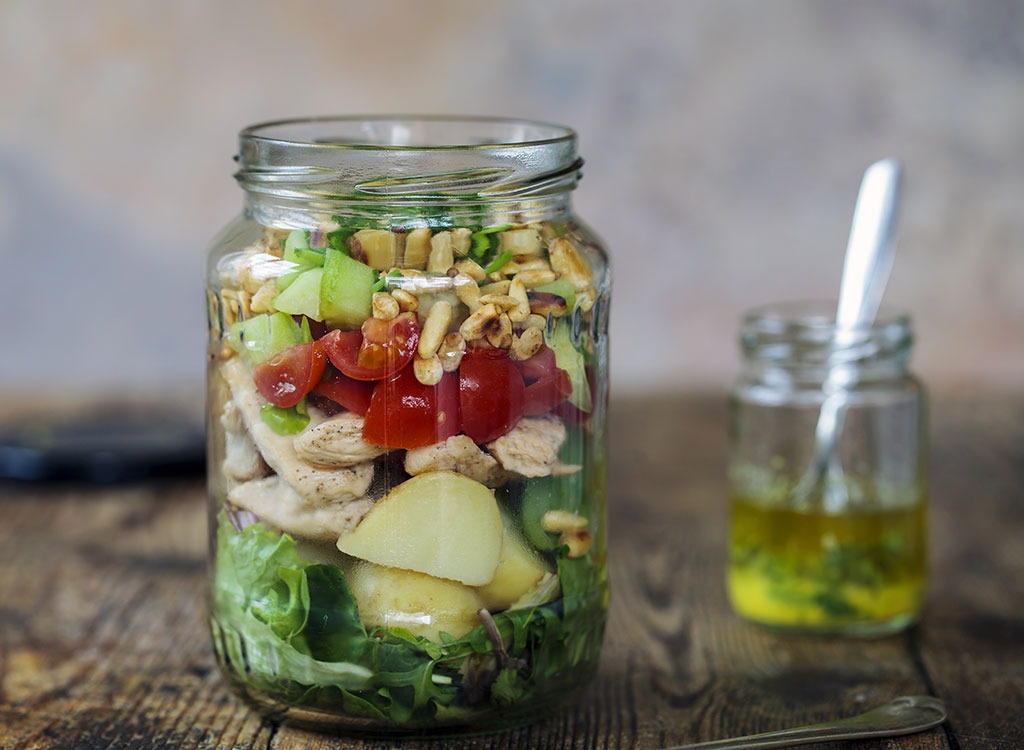
To stay safe, avoid storing leftover in old soup cans, plastic bags, and shrink wrap. Remember: glass containers are your friends. And if you typically buy deli meats or produce that come wrapped in plastic shrink wrap, you should consider storing it in something else once you get it home. We’re fans of Stasher Silicone Storage Bags. Not only are they reusable and dishwasher, microwave, and freezer safe, the food-grade silicone they’re made from is free of icky things like BPA and phthalates.
Polyethylene Terephthalate
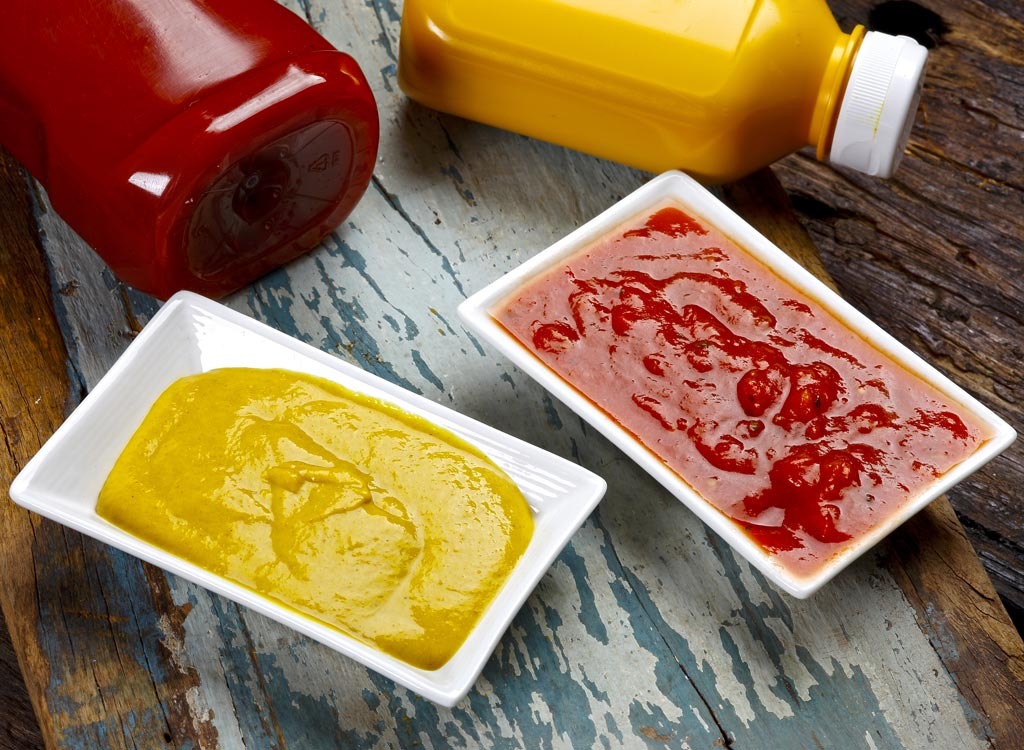
Found in: Food storage containers
BPA isn’t the only chemical hiding in your food storage containers. If you tend to reuse things like mustard bottles and soda bottles to store your own homemade creations, you could be exposing yourself to polyethylene terephthalate (PETE). While plastics that contain this chemical aren’t completely awful for one-time use, as this material gets used again and again it can break down and begin to leach carcinogenic, hormone-disrupting phthalates into your grub. A study in Environmental Health connected higher exposure to the chemical toxins with metabolic syndrome, a disease also commonly associated with increased levels of inflammation. (More on that in our special report, 14 Foods That Cause Inflammation.)
Safe Alternatives: Glass & Safe Plastics
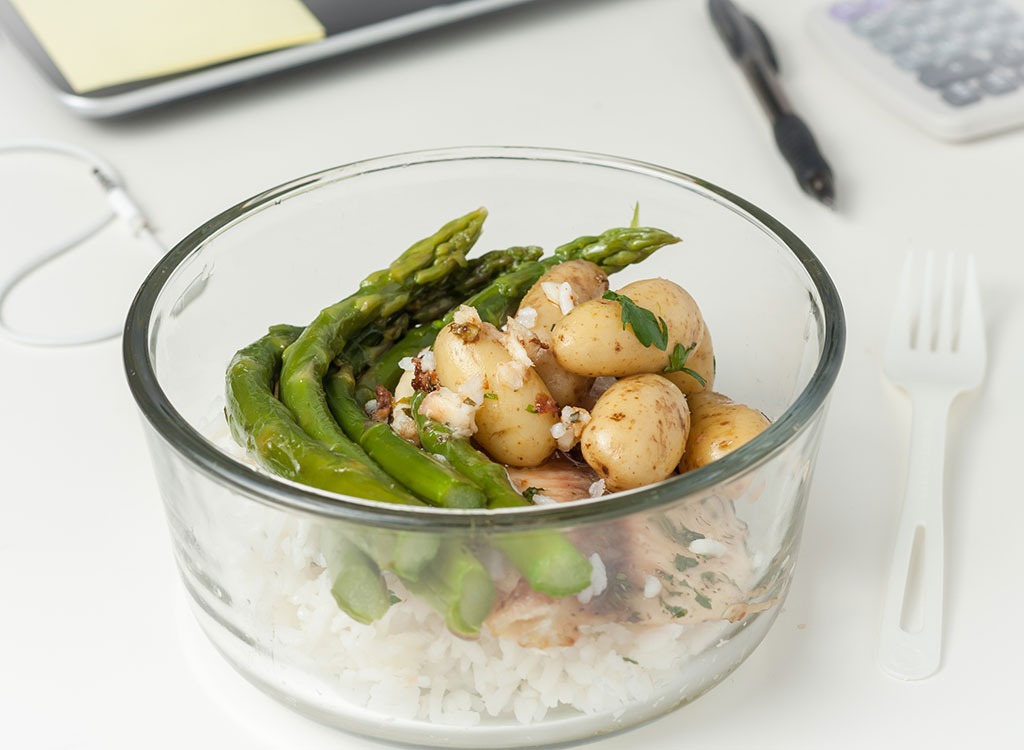
Glass is always going to be safer than plastics, so stock up on mason jars and other glass storage containers. (We like these.) If you really don’t want to part with plastics, look for containers made with polypropylene (plastic #5), which doesn’t leach harmful chemicals into food or drink.
Polystyrene
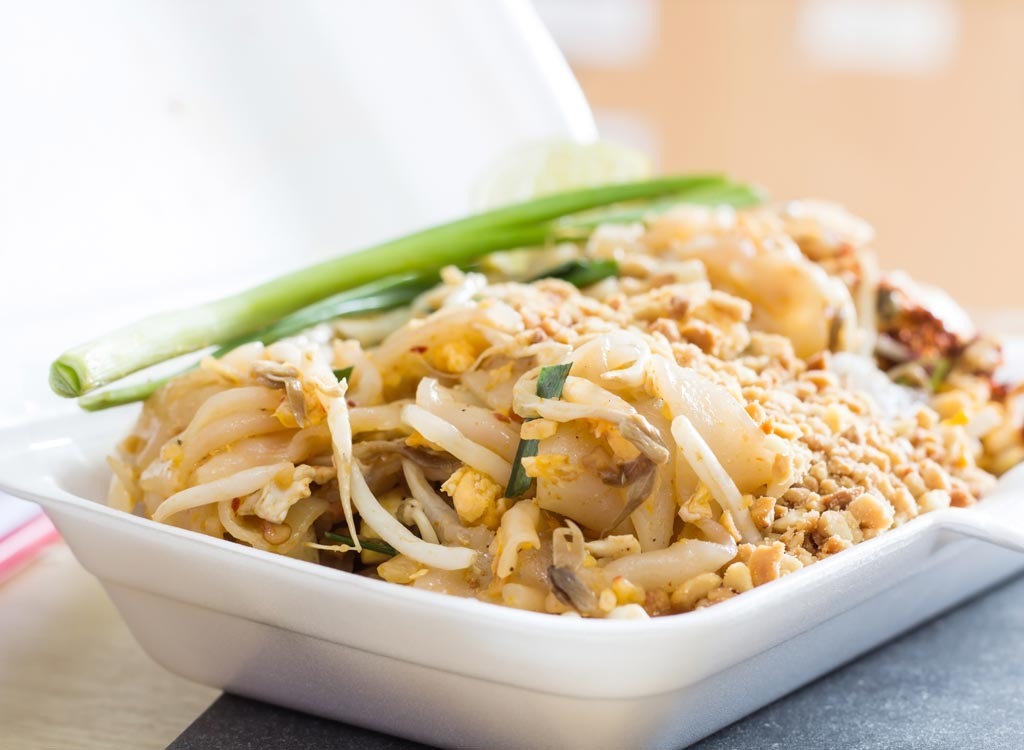
Found in: Opaque plastic cutlery, styrofoam carryout containers, cups, and bowls
If your favorite takeout joint typically sends their food to your front door in styrofoam carryout containers, consider your meal ruined. Styrofoam is made out of polystyrene (a possible human carcinogen), which can leach into your food and drink. The same thing can happen if you use the opaque plastic cutlery that many restaurants throw into the delivery bag.
Safe Alternatives: Biodegradable Takeout Boxes
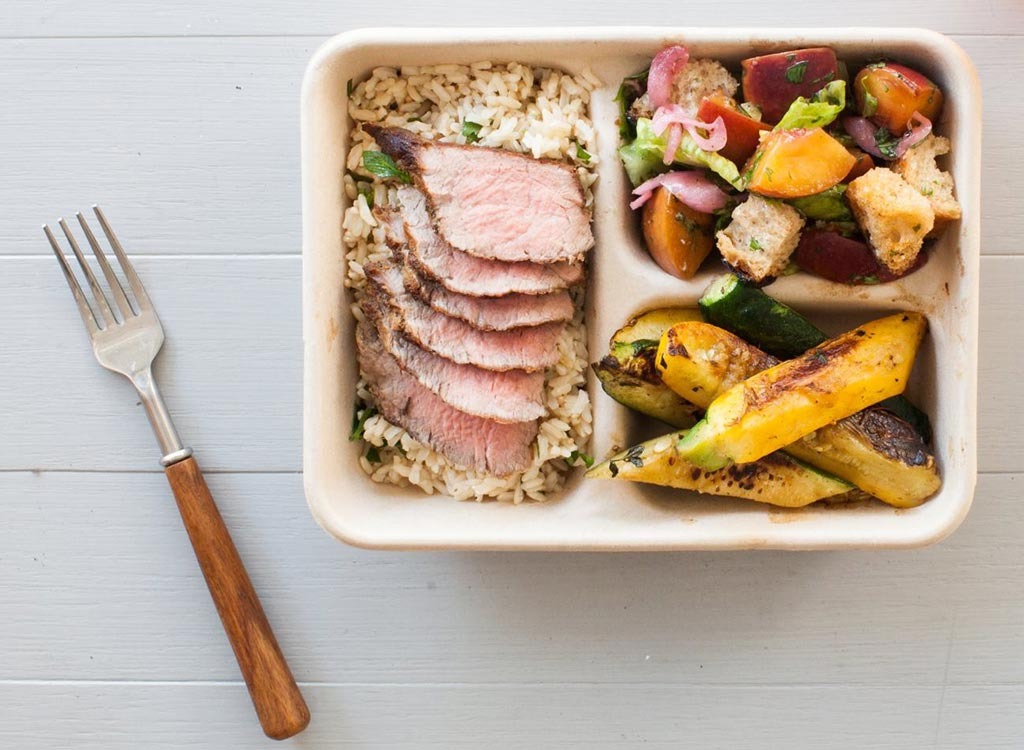
If your takeout grub comes in a styrofoam container, take it out ASAP. If you happen to have leftovers, store them in a glass container. Or better yet, give your business to restaurants that use biodegradable takeout boxes—like Dig Inn, whose biodegradable takeout containers are pictured above.
Phthalates
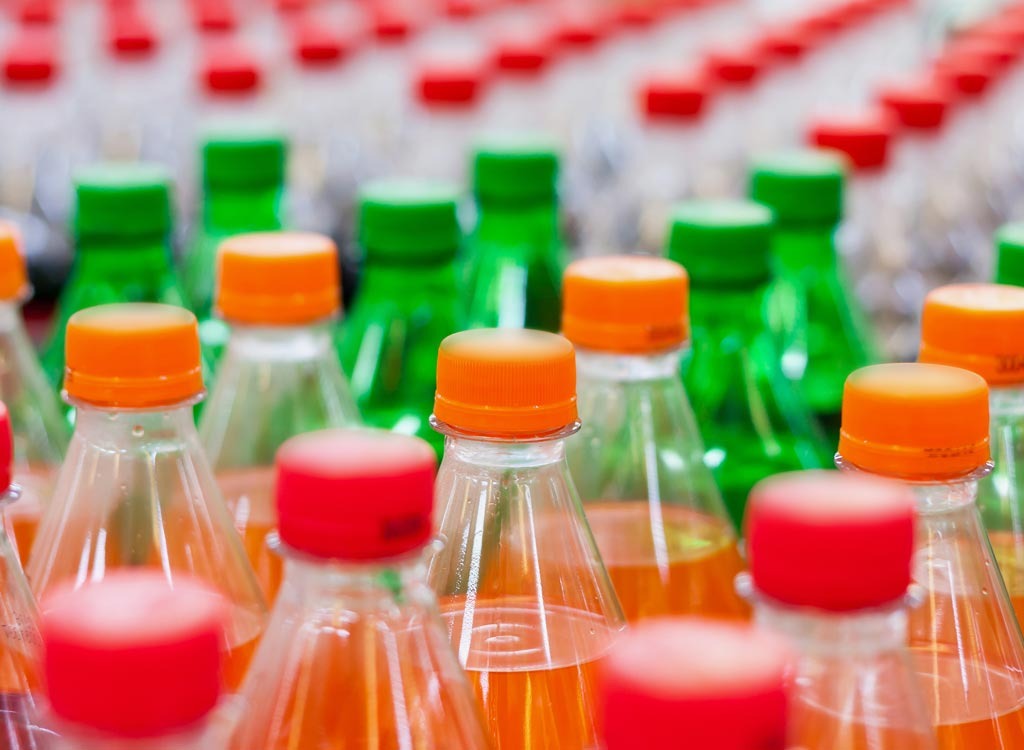
Found in: Soda bottles, cheap straws
If you reuse soda bottle to make homemade iced tea, it’s time to start considering some safer alternatives. Because in this case, recycling is only going to put your health at risk. As it’s used time and time again, your beverages will wear down the plastic bottle, causing it to leach toxic chemicals like phthalates into your drink. Used to keep plastics super soft, studies suggest that the estrogen-mimicking chemicals can cause respiratory problems and developmental, learning and behavioral problems in children. Phthalates have also been linked to metabolic syndrome and inflammation.
Safe Alternative: Glass & Higher Density Plastics
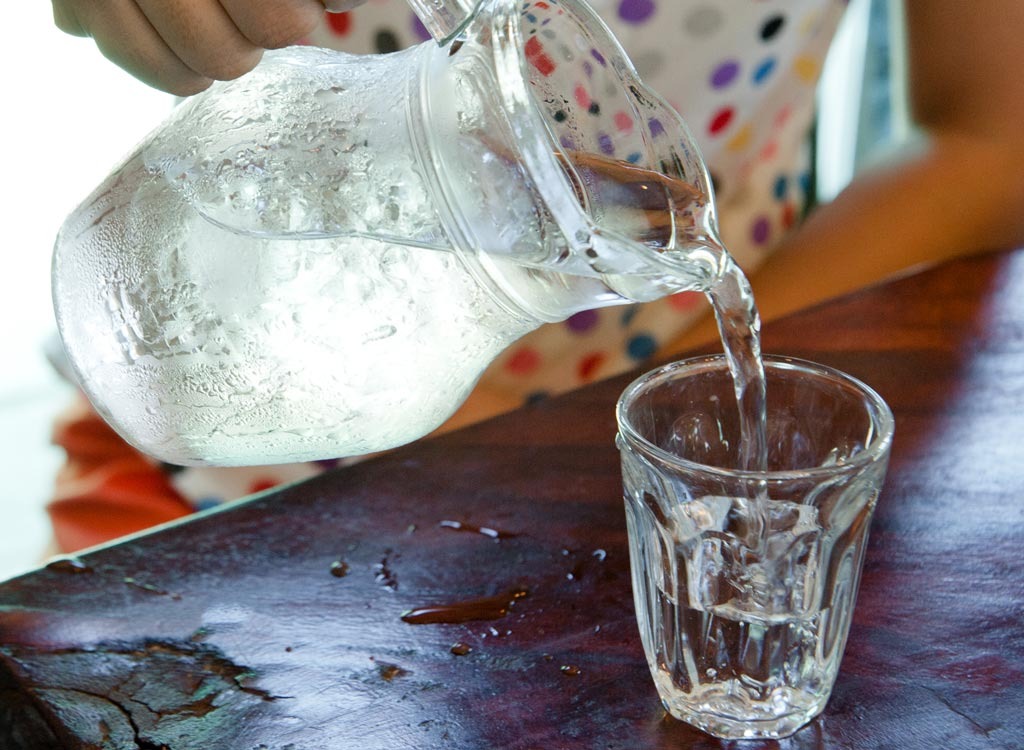
If making fresh pitchers of beverages is your thing, invest in a glass or plastic pitcher made from a high density plastic, like plastic #5. We’re fans of this glass carafe with a stainless steel lid.
Brominated Flame Retardants
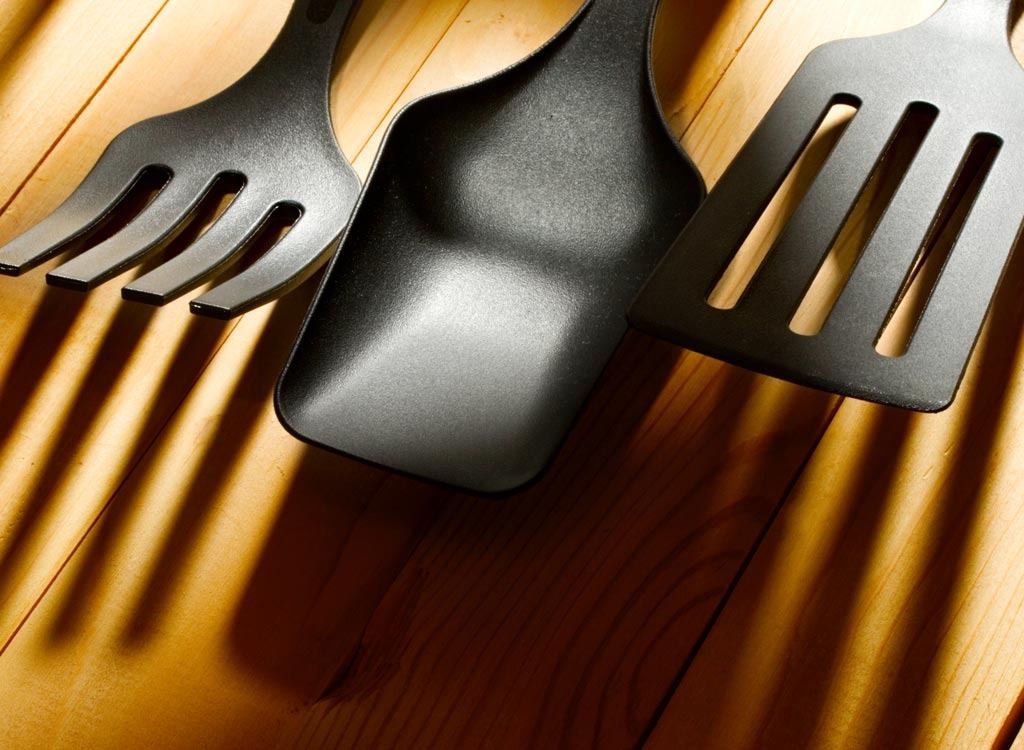
Found in: Plastic kitchen and cooking utensils
Do a quick mental inventory of your kitchen. Do you have things like plastic spatulas and slotted spoons stored in your drawers? If you’re shaking your head yes, go home and toss them out. There’s a chance these cooking utensils are coated in bromine, a component in brominated flame retardants, or BFRs. While the chemical may ensure that your spoon won’t catch fire if you leave it too close to the burner, when exposed to friction or heat—as many kitchen utensils are—BFRs can become released and go into your food. When expectant moms are exposed to BFRs, their babies can experience lower birth weight and length, as be born with smaller head and chest circumferences, according to a 2014 study in the journal Environment International.
Safe Alternative: Stainless Steel Utensils
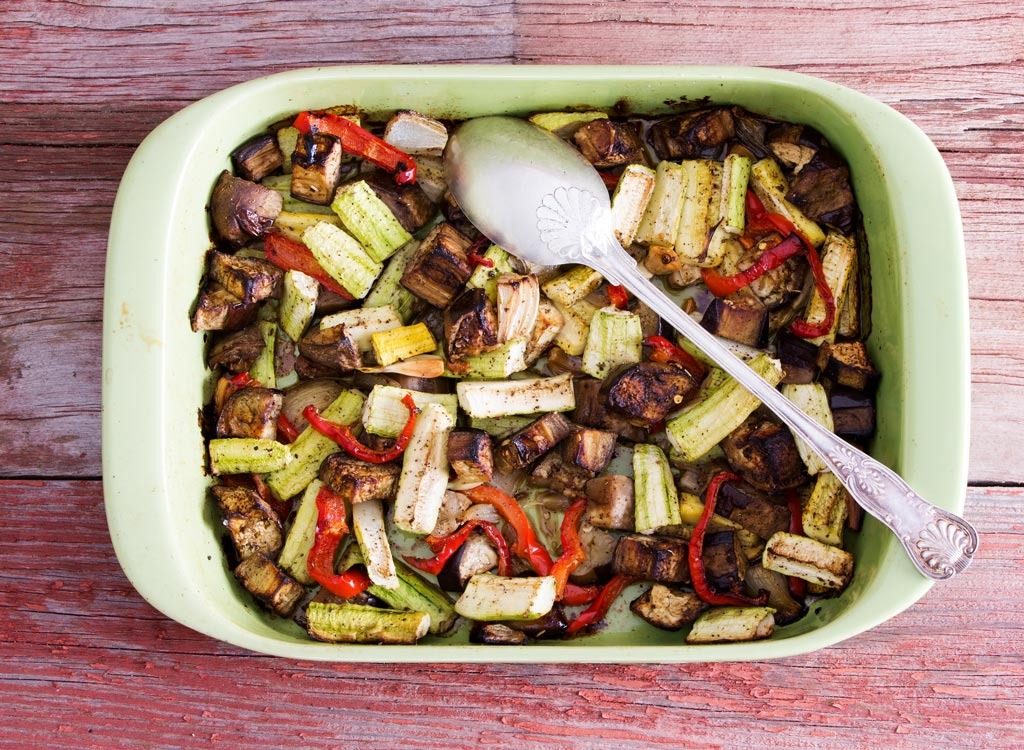
Choose stainless steel utensils to keep you and your family safe!
“Next-Generation” Polyfluorinated Chemicals
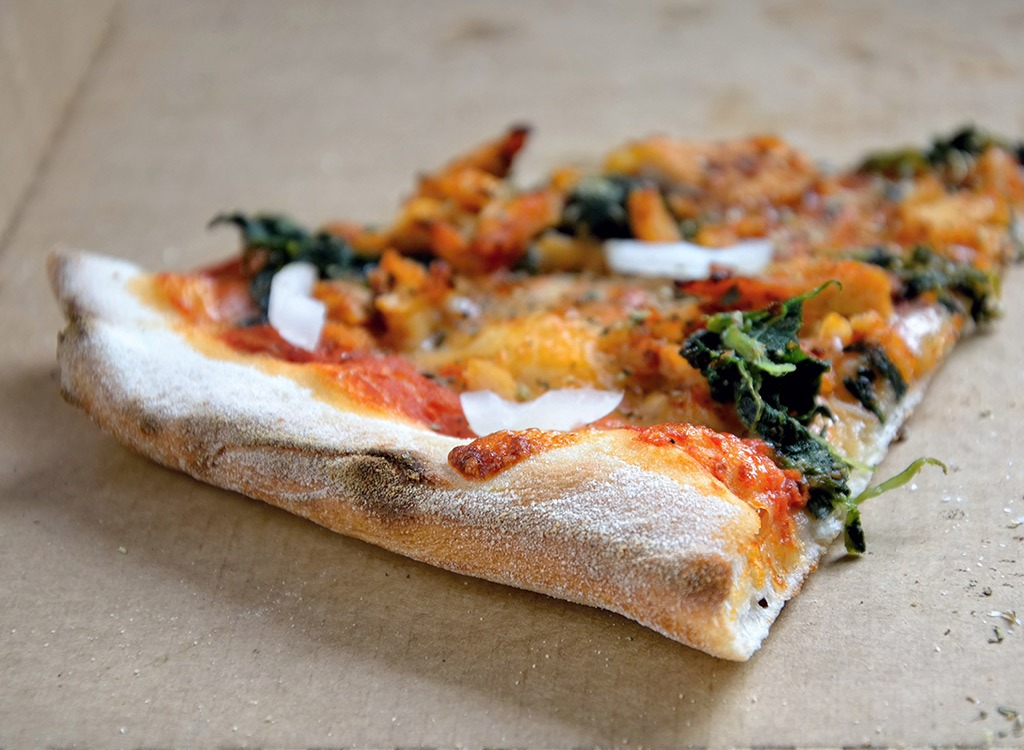
Found in: Fast food chain food wrappers, bags, and boxes
According to a brand new report published in the journal Environmental Science & Technology Letters, a fair share of fast food chains still use food wrappers, bags, and boxes coated with highly fluorinated chemicals. Some of them even contained traces of banned chemicals formerly used to make Teflon coating. Among the 327 samples the researchers collected for their research, 40 percent tested positive for fluorine, a likely indicator of the compounds known as polyfluorinated chemicals, many of which are considered to be
“Next generation” PFCs (because they were created after the ban on go-to Teflon chemicals) that have not been adequately tested for safety.
“Fluorine-based coatings are used in food packaging to repel grease,” explains co-author of the report David Andrews, Ph.D. “There is very little public information on how much leaching occurs, as there are lots of different types of coatings made with this family of chemicals.”
The one thing we do know, however, is that PFCs are dangerous. Perfluorinated chemicals have been linked to cancer, developmental issues, reproductive harm, and compromised immunity.
Safe Alternative: Dine In or Cook at Home
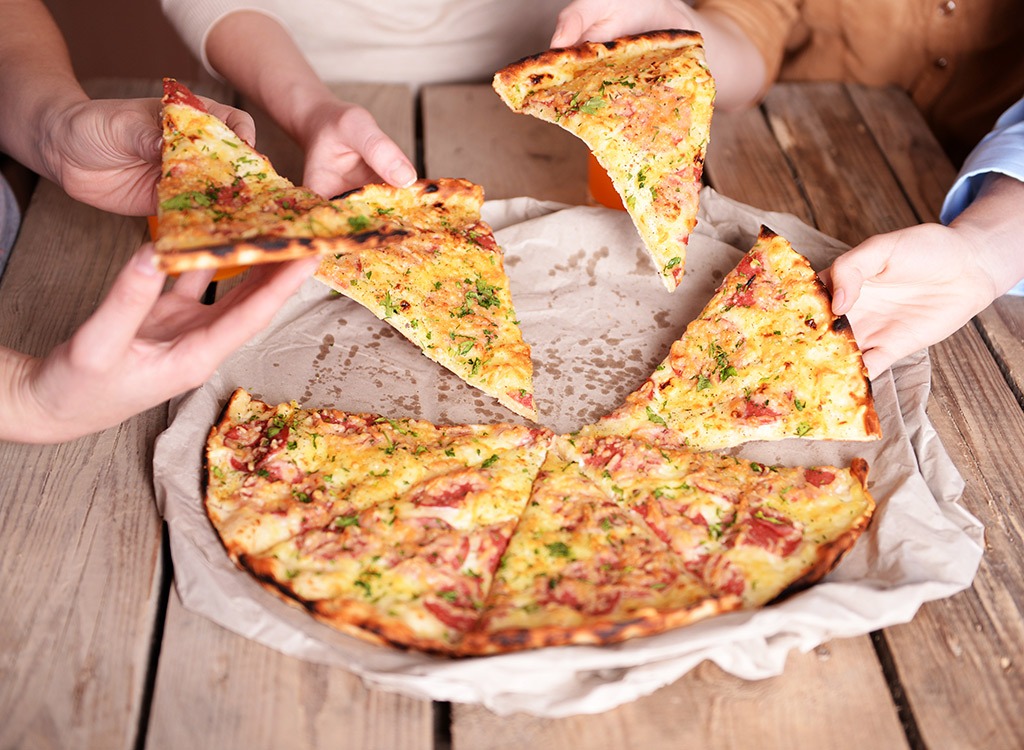
The only way to completely avoid these chemicals is to dine at an uber-organic and environmentally-friendly eatery or forgoing eating fast food altogether—which wouldn’t be the worst change to your diet, now would it?
